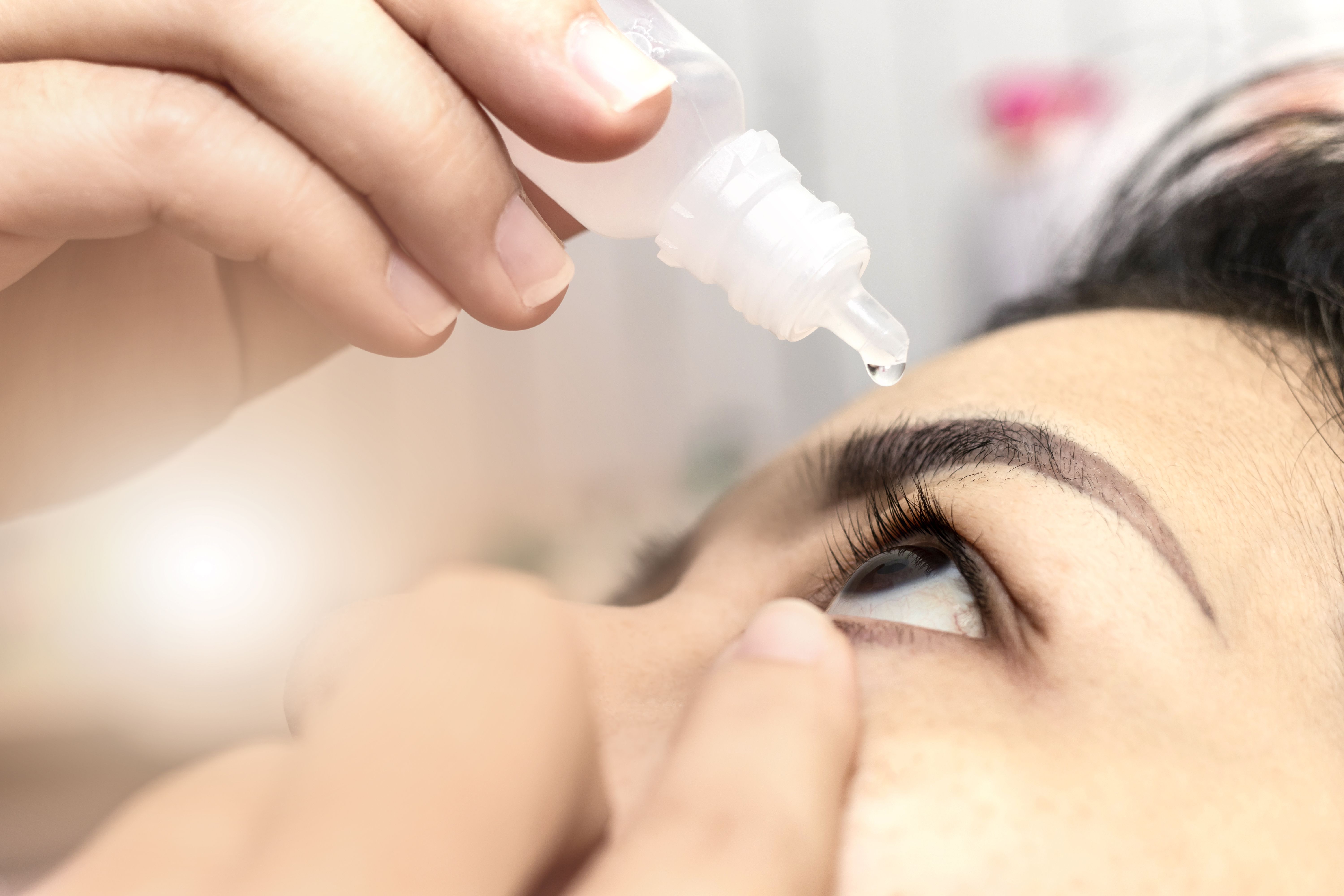Eysuvis FDA approved for dry eye treatment
Kala Pharmaceuticals to distribute first ocular corticosteroid for short-term treatment of dry eye

Kala Pharmaceuticals received Food & Drug Administration (FDA) approval of Eyesuvis (loteprednol etabonate ophthalmic suspension) 0.25%, an ocular corticosteroid for the short-term treatment of the signs and symptoms of dry eye disease (DED). The company is planning to launch at the end of 2020.
Related: Eysuvis for dry eye disease enters safety evaluation trials
“The FDA approval of Eysuvis as the first prescription therapy specifically developed to address the short-term treatment needs of people living with dry eye disease is a major accomplishment for Kala and an important moment for patients, who have been waiting for an FDA-approved, safe, effective and fast-acting therapy,” says Mark Iwicki, president and chief executive officer of Kala Pharmaceuticals, in a statement.
“As we prepare to launch Eysuvis, we will leverage our strong foundation of highly experienced ophthalmology marketing, sales, and market access professionals with the goal of establishing Eysuvis as the preferred, first-line prescription therapy for dry eye disease.”
Related: Kala pharmaceuticals announces IND submission
The FDA’s approval of Eysuvis was based on positive results from 4 clinical trials, including 1 Phase 2 and three Phase 3 clinical trials, STRIDE 1, STRIDE 2 and STRIDE 3.1 All trials demonstrated significant improvements in DED signs and symptoms with the use of the drug.
After 2 weeks of dosing, statistical significance was achieved for the conjunctival hyperemia endpoint in the 3 Phase 3 trials. Results show Eysuvis was well-tolerated across all 4 trials, with adverse events and intraocular pressure increases comparable to that observed with vehicle.
References
1. ClinicalTrials.gov. Safety and Efficacy of KPI-121 in Subjects With DED (STRIDE 3). NIH. Available at https://clinicaltrials.gov/ct2/show/NCT03616899. Accessed 10/27/20.
Newsletter
Want more insights like this? Subscribe to Optometry Times and get clinical pearls and practice tips delivered straight to your inbox.





.png&w=3840&q=75)











